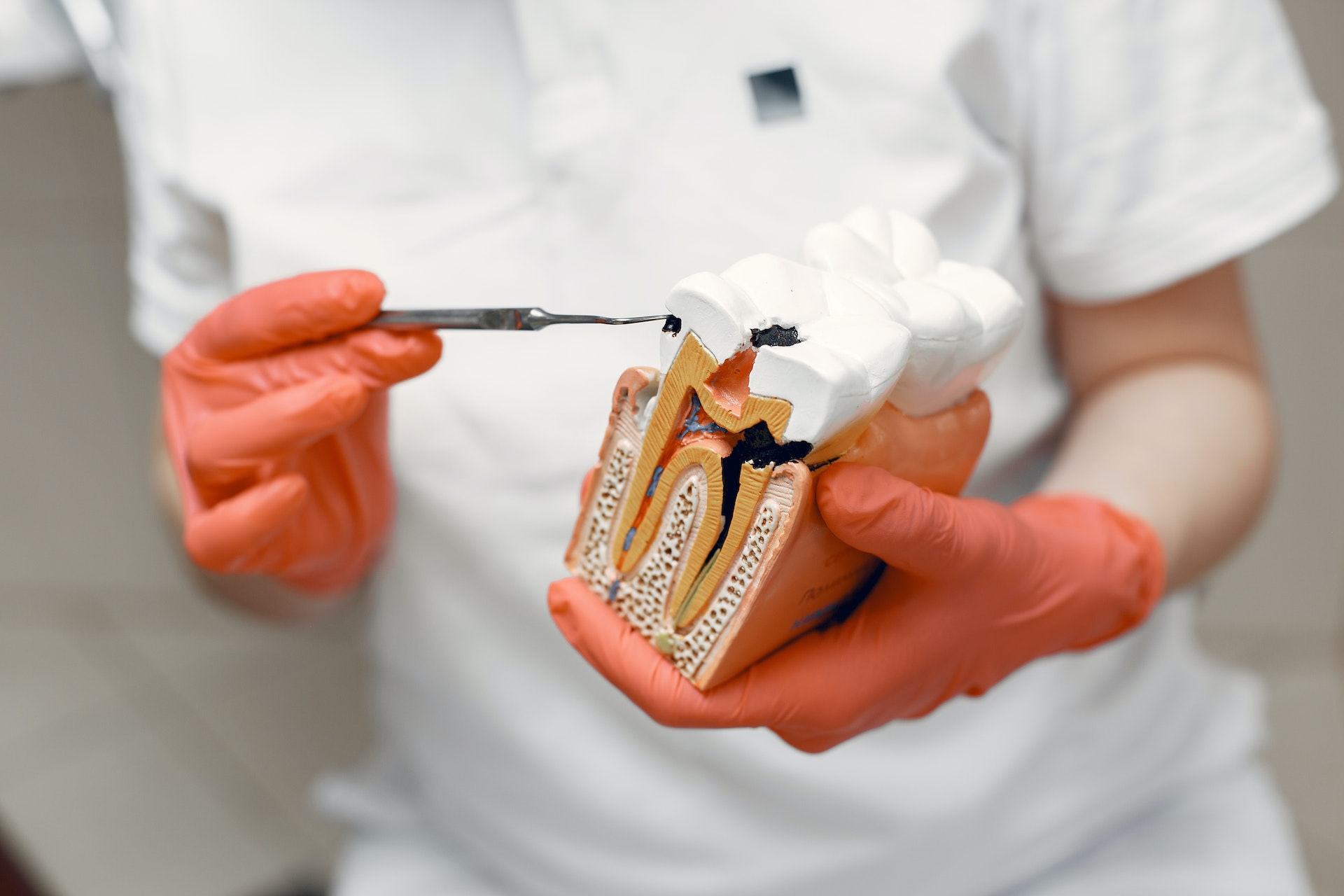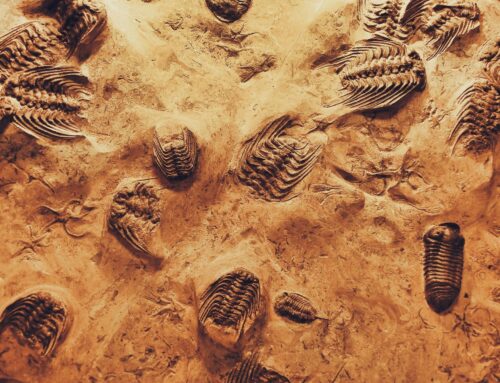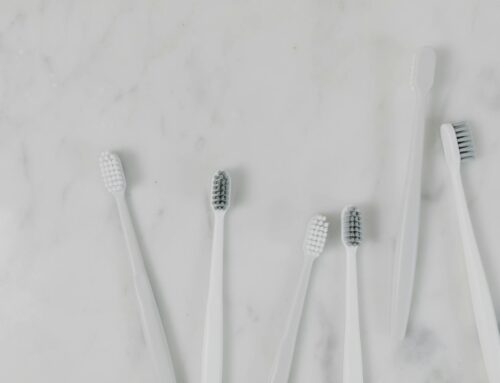The involvement of bacteria in the development of tooth decay is well-known. However, new research has found that Selenomonas Sputigena – a type of bacteria that was not considered to cause tooth decay – does actually have the potential to be involved in the process of tooth decay. Therefore, this is a concerning finding for dentists, with the potential for higher rates of tooth decay to be seen in the future.

Recent research has found that a well-known bacterial species called Selenomonas Sputigena has the potential to cause tooth decay [1].
This finding will add a new concern for dentists. The main bacteria involved in tooth decay is Streptococcus mutans, but the new research suggests that Selenomonas Sputigena may now also be considered as a key contributor to tooth decay.
About Tooth Decay
Tooth decay is very common. For example, research has found that almost 90% of American adults aged 20 to 64 have had tooth decay at some point [2].
Tooth decay refers to the gradual breakdown of teeth, which is caused by acids produced by bacteria. When these bacteria break down food debris or sugar, acid is formed. These acids result in enamel eroding [3].
Tooth decay results in the development of cavities, which then need to be filled. Consequently, if tooth decay is not treated in time, root canal treatment or even extraction may be required [4]. Moreover, the development of tooth decay is also usually accompanied by gum disease – which itself is a very damaging condition.
The main way of avoiding tooth decay is to have strong oral hygiene. This includes brushing your teeth at least twice a day, flossing regularly and having a low-sugar diet.
The Research
A research team from the University of Pennsylvania’s School of Dental Medicine looked into the impact that Selenomonas Sputigena had on tooth decay. Their findings were published in the Nature Communications journal [1].
The study involved samples of plaque from the teeth of 300 children aged between 3 and 5. Half of this group had cavities [1]. These samples were then tested in a laboratory, including bacterial gene activity and direct microscopic imaging – which provided the research team with a thorough understanding of the impact Selenomonas Sputigena has [1].
These tests resulted in their findings. The data showed that Selenomonas Sputigena does not cause tooth decay on its own [1]. However, when it is combined with Streptococcus mutans, it has an alarmingly powerful ability to cause tooth decay [1].
The researchers found that Selenomonas Sputigena was capable of penetrating the plaque caused by Streptococcus mutans. This combination expanded rapidly, leading to a faster development of cavities.
The research team then looked to confirm this using animal models. Their findings were validated by the use of animal models, as they found the production of acid greatly increased, resulting in more severe development of cavities [1].
In the past, the main bacteria that was attributed to tooth decay was Streptococcus mutans [1]. This was because it was known to directly cause plaque.
Meanwhile, Selenomonas Sputigena was only thought to be involved in gum disease. However, the research has shown that Selenomonas Sputigena can act as a key partner of Streprococcus mutans, with the duo having the potential to enhance the development of tooth decay [1].
Author comments
The results of this study came as a surprise to the researchers. Senior author Hyun Koo called it an “unexpected finding”, albeit one that does give “new insights into the development” of tooth decay and “highlights potential future targets for cavity prevention” [5].
Koo did though point out that while this was a concerning finding, it did provide the researchers with “a better understanding of how childhood cavities develop”, which he says could “lead to better ways of preventing cavities” [5].
These findings underline the importance of strong oral health. By brushing teeth regularly, it can help to disrupt the process of tooth decay. This can help to keep oral health strong and avoid tooth decay and other oral health problems.
Thinking points…
[1] This article looks in general at the topic of tooth decay. As mentioned above, there are a few different things that you can do to lessen the development of tooth decay. This includes brushing your teeth at least twice a day with a fluoride toothpaste, regularly flossing and having a low-sugar diet. However, another crucial thing you can do is to attend a dental clinic at least twice a year for a dental check-up – as this provides a chance for a dentist to have a thorough look at your oral health. We recommend booking an appointment now!
[2] Many of us have tooth decay. If you have developed tooth decay, it is important to see a dentist as soon as possible. If left untreated, tooth decay can result in the need for a root canal treatment or even an extraction – something we all hope to avoid! The sooner that tooth decay is spotted, the easier that treatment will be. Remember to see your dentist regularly!
What we offer at Taradale Dental
Taradale Dental is a Calgary dental clinic that provide its patients with a wide range of dental treatment options and advice aimed at improving their oral health.
It is very important to have excellent oral hygiene. This involves brushing your teeth at least twice a day, flossing regularly and eating healthily. Therefore, this should help your oral health.
We advise our patients to attend our Calgary dental clinic at least twice per year for a regular dental check-up. At these check-ups, we provide a comprehensive review of a patient’s oral health. If any problems are detected, we have many treatments available. For example, these include cavity fillings and root canals.
Here at Taradale Dental, we also have some cosmetic treatments available! These include dental implants, teeth whitening and Invisalign™! Many people find that these treatments have a positive impact on their appearance, confidence and self-esteem.
Moreover, all of our services at our Calgary dental clinic Taradale Dental are set in line with the Alberta Dental Fee Guide. This ensures transparent and fair pricing.
We hope to see you soon at our Taradale Dental clinic in Calgary! You can find out more about us by visiting our website https://taradaledental.ca.
References
[1] Cho, H., Ren, Z., Divaris, K., Roach, J., Lin, B. M., Liu, C., Azcarate-Peril, M. A., Simancas-Pallares, M. A., Shrestha, P., Orlenko, A., Ginnis, J., North, K. E., Zandona, A. G. F., Ribeiro, A. A., Wu, D., & Koo, H. (2023). Selenomonas sputigena acts as a pathobiont mediating spatial structure and biofilm virulence in early childhood caries. Nature Communications. 14 (1). DOI: https://www.doi.org/10.1038/s41467-023-38346-3.
[2] National Institute of Dental and Craniofacial Research. (2022). Dental Caries (Tooth Decay) in Adults (Ages 20 to 64 Years). Available: https://www.nidcr.nih.gov/research/data-statistics/dental-caries/adults. Last accessed: 17th June 2023.
[3] Segura, A., Boulter, S., Clark, M., Gereige, R., Krol, D. M., Mouradian, W., Quinones, R., Ramos-Gomez, F., Slayton, R., & Keels, M. A. (2014). Maintaining and Improving the Oral Health of Young Children. Pediatrics. 134 (6): p1224-1229. DOI: https://doi.org/10.1542/peds.2014-2984.
[4] NHS. (2022). Tooth decay. Available: https://www.nhs.uk/conditions/tooth-decay/. Last accessed: 17th June 2023.
[5] University of Pennsylvania. (2023). Dentists identify new bacterial species involved in tooth decay. Available: https://www.sciencedaily.com/releases/2023/06/230608120924.htm. Last accessed: 17th June 2023.



[…] New Research Has Found That Selenomonas sputigena – a Type of Bacteria That Was Not Considered To Cause Tooth Decay – Does Actually Have the Potential To Be Involved in the Process of Tooth Decay […]